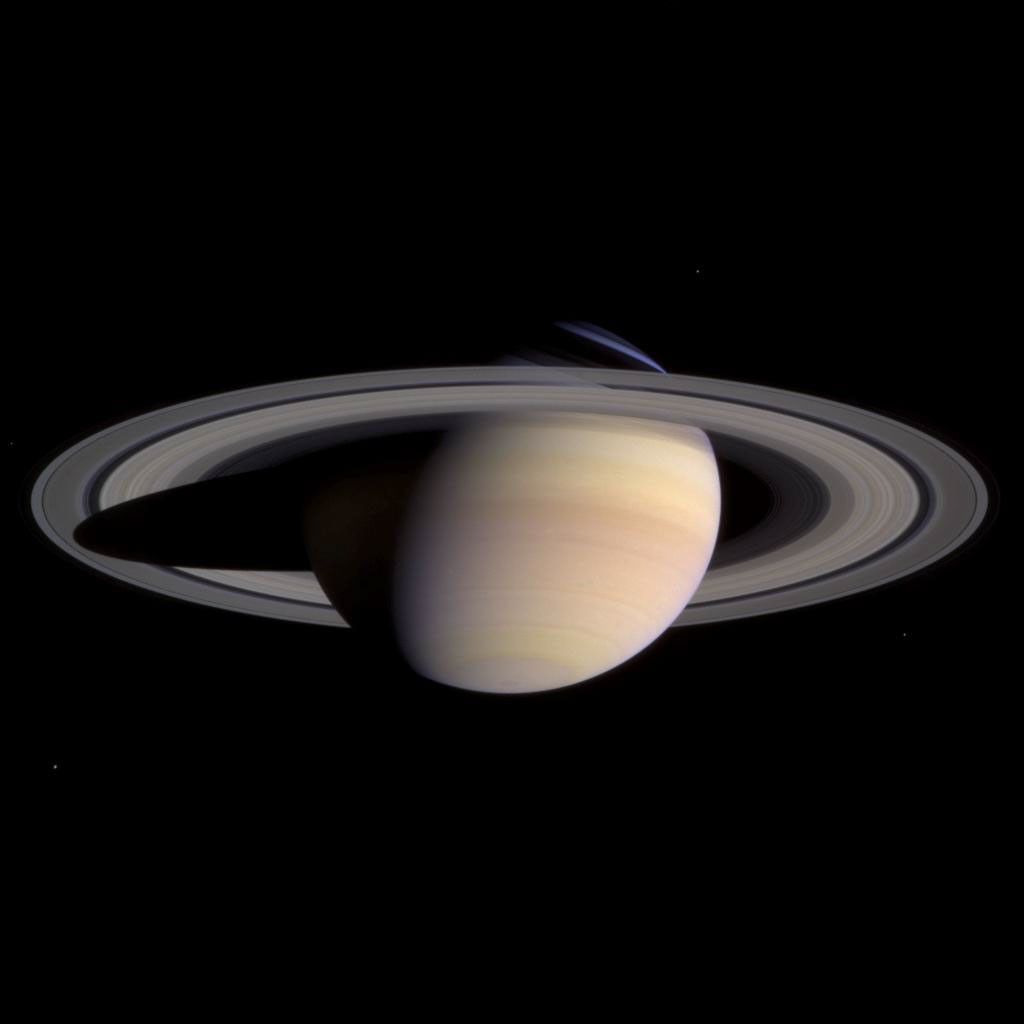At NASA, uncovering the mysteries of our solar system’s origins and evolution – including the search for signs of habitability on other words – drives our planetary science missions.
Through robotic exploration of other planets and small bodies, our instruments and observations are able to peel back the layers of history to discover the foundations of our solar system and understand the processes of evolution that led us to the current formation.
This knowledge also informs our observations of exoplanets and distant galaxies in NASA’s astrophysics studies. And, observing the movement of small bodies such as asteroids is crucial to enabling our planetary defense against potential impacts (note: none is currently of concern).
The direction of NASA planetary science comes primarily from the scientific community in large reports produced very 10 years by the National Academies of Sciences, Engineering, and Medicine (NASEM). These decadal surveys look at key science questions and how data from NASA missions past, current, and future can help answer them. The current decadal survey is “Origins, Worlds, and Life: Planetary Science and Astrobiology in the Next Decade, 2023-2032.”
Additional mission guidance is provided by executive branch priorities and congressional appropriations.
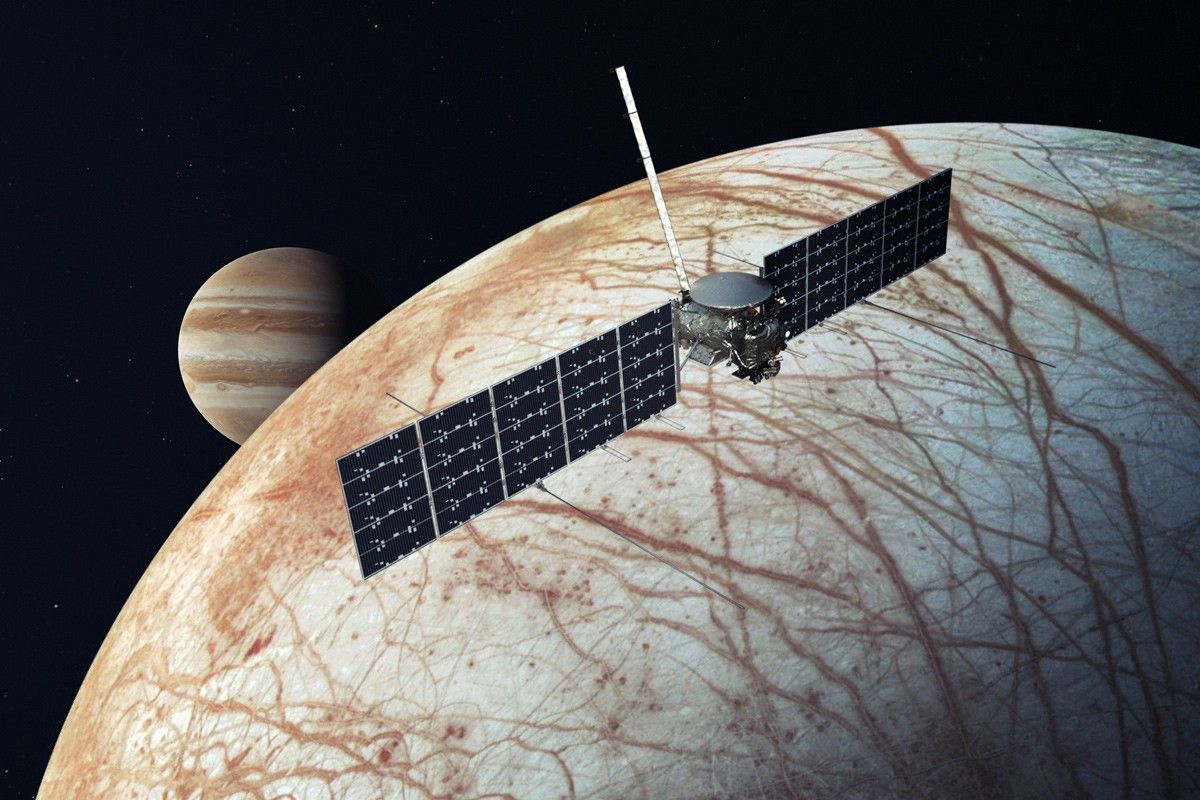
Europa Clipper
NASA’s first mission to conduct a detailed science investigation of Jupiter’s moon Europa, it will search for signs of habitability in the vast, salty ocean that lies beneath Europa’s icy crust. (Launched October 2024)
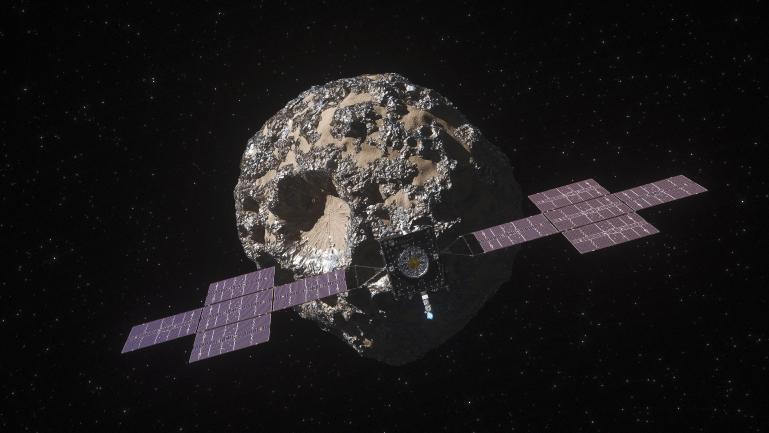
Psyche
The Psyche spacecraft is traveling to the main asteroid belt to study a unique, metal-rich asteroid of the same name, which may be the partial core of a planetesimal. (Launched October 2023)
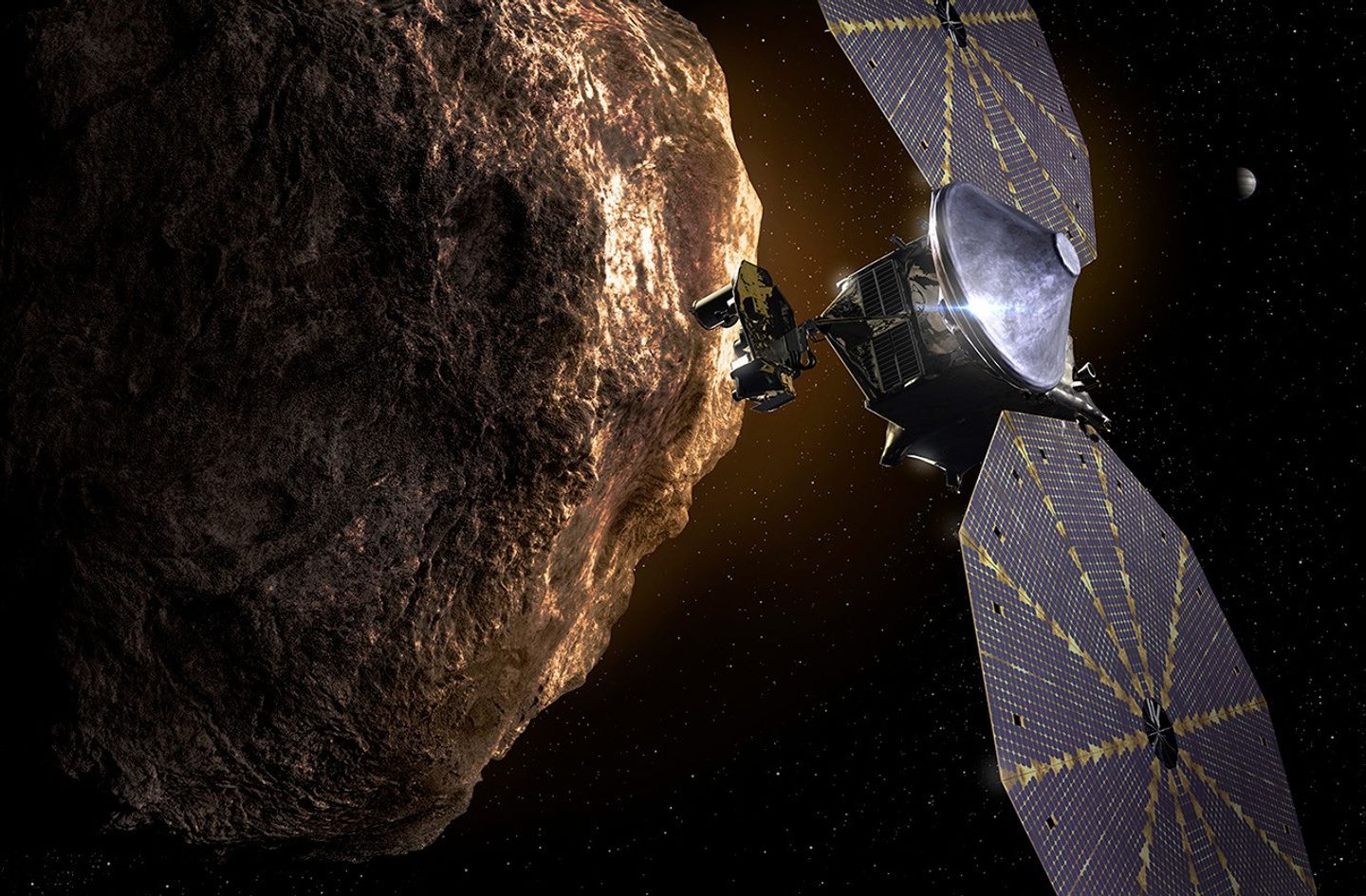
Lucy
On its way to the Trojan asteroids that orbit the Sun with Jupiter, Lucy already has made extraordinary asteroid encounters in the main asteroid belt with Dinkinesh and Donaldjohanson. (Launched October 2021)
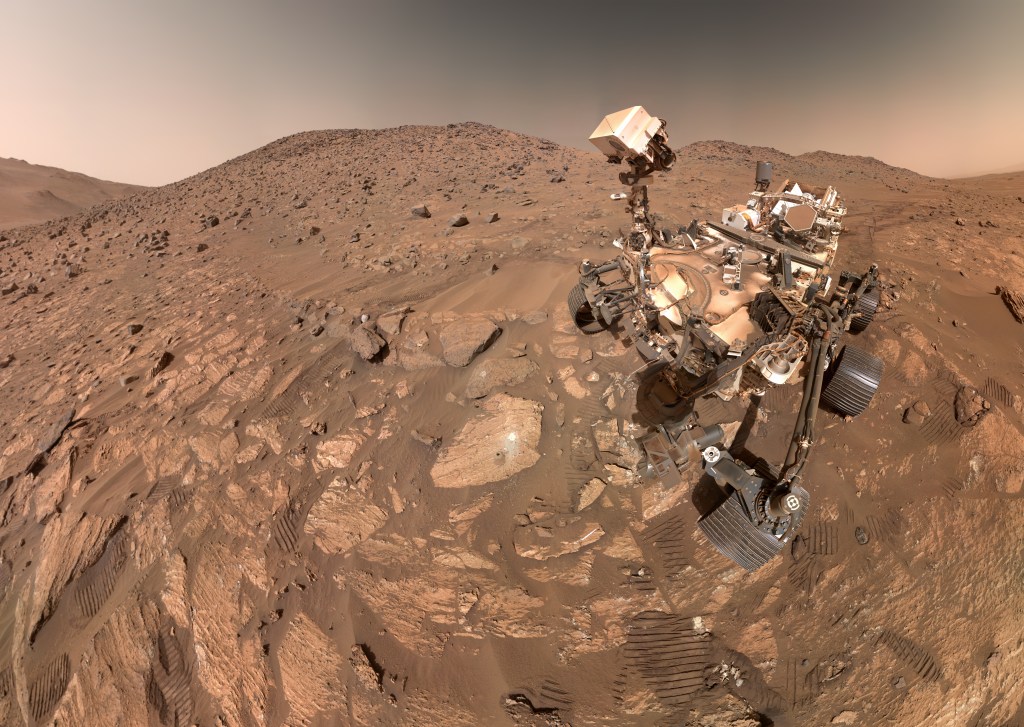
Perseverance Rover
Perseverance studies the geology of Mars and seeks signs of microbial life, while it collects samples of rock and surface material in and around Jezero Crater. Its companion helicopter Ingenuity was the first aircraft to achieve powered, controlled flight on another planet. (Launched July 2020)
